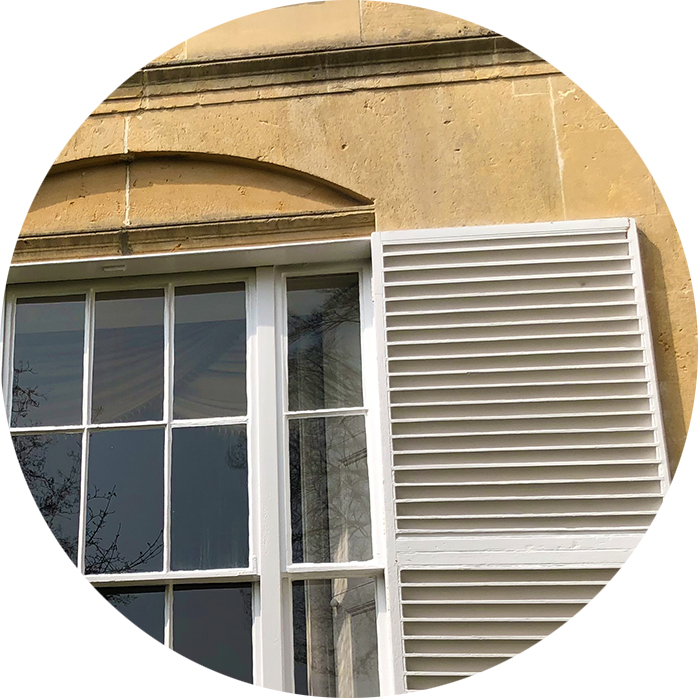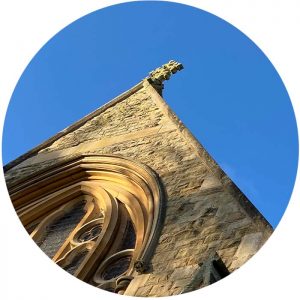The Old Rectory | Gloucestershire

The Old Rectory | Gloucestershire
KODA architects working closely with a garden designer has developed a new walled garden proposal to this stunning grade II listed former rectory in rural Gloucestershire. The proposals celebrates the seamless fusion of historical charm and modern design in the heart of Gloucester. We are thrilled to share our latest architectural venture – the creation of a walled garden for a listed building, deeply inspired by the collaborative spirit that defines the Chelsea Flower Show.
Inspired by the collaborative and innovative projects showcased at the prestigious Chelsea Flower Show, our team embarked on a journey to create a walled garden that would not only honour the rich history of the 18th Century former rectory building but also serve as a testament to our close working relationships with our clients and the garden designer.
Project Information
Client: Private Client
Budget: £450k
Location: Gloucestershire
Sector: Private Client/ Conservation
Landscape Design: Tara Colins
Status: Planning

A Country House
One of the hallmarks of our project was the close working relationship we fostered with our clients. We recognized that their vision and passion for the walled garden were integral to its success. From the initial concept discussions to the final details, we listened attentively to their ideas and requirements. We were inspired by their enthusiasm for preserving the heritage of the listed building while introducing elements of contemporary design. This collaborative approach ensured that the garden seamlessly integrated with the historical setting. In addition to our clients, we had the privilege of collaborating with a talented garden designer who shared our vision for this project. Drawing inspiration from the artistic and creative displays at the Chelsea Flower Show, the garden designer played a crucial role in bringing a touch of horticultural magic to the walled garden. Their expertise in plant selection, layout, and the use of decorative elements enhanced the overall design.
We were committed to preserving the historical integrity of the listed building, which posed unique challenges. Our collaborative efforts enabled us to strike a balance between the old and the new. The use of period-appropriate materials and techniques was essential, and the garden designer worked in harmony with our architects to ensure that the garden complemented the architecture flawlessly. The end result is a walled garden that harmoniously blends history, innovation, and natural beauty. It stands as a testament to the power of close collaboration and mutual inspiration. The spirit of the Chelsea Flower Show lives on in this exquisite project.
Our Gloucester walled garden project is not just a reflection of our working partnership we share with our clients and the garden designer. Together, we've created a space that encapsulates the timeless beauty of Gloucester's history while embracing the future with open arms.
Stay tuned for more updates on our architectural endeavours.



























































































